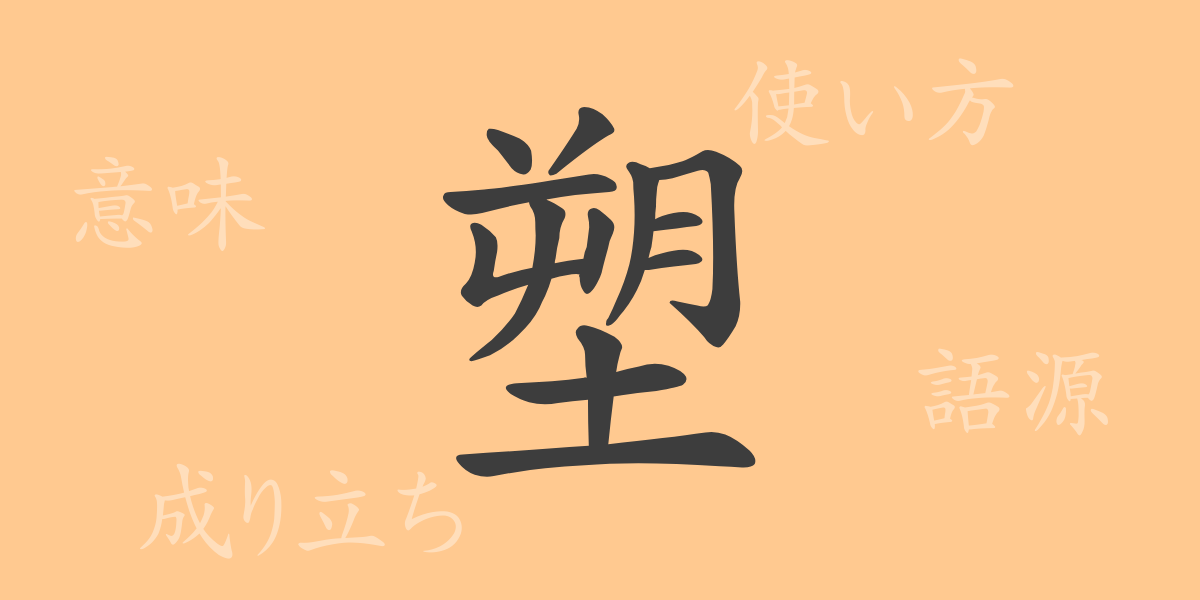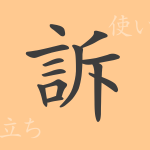The beauty of the Japanese language is reflected in its complex and delicate characters, each with its own history, deeply embedded in the life and culture of the Japanese people. This article spotlights the Kanji “塑” (ソ), exploring its origins, meanings, usages, readings, and the phrases and idioms associated with it, aiming to delve deeply into its allure.
Origins of 塑 (ソ)
The Kanji “塑” (ソ) originated in ancient China. Tracing its etymology, it is composed of the radical “土” (ツチヘン) representing earth and the pictograph “右” (ユウ) indicating the action of the hand, originally depicting the action of molding earth into shapes. This character evolved to mean forming shapes and later extended to sculpting and molding in broader contexts.
Meaning and Usage of 塑 (ソ)
“塑” (ソ) carries the meanings of molding, sculpting, and forming. Specifically, it refers to shaping materials like clay or plastic and broadly signifies creation or formation. For example, it is used in contexts like sculpting a figure or shaping a culture.
Readings, Stroke Count, and Radical of 塑 (ソ)
Understanding the readings and structural elements of “塑” (ソ) allows for a deeper comprehension of its meanings:
- Readings: The on’yomi (Sino-Japanese reading) is “ソ” (ソ), with no specific kun’yomi (native Japanese readings).
- Stroke Count: 13 strokes.
- Radical: The radical is “土” (ツチヘン), related to earth or soil.
Phrases, Idioms, and Proverbs Using 塑 (ソ) and Their Meanings
Idioms and phrases involving “塑” (ソ) utilize its meanings of molding and creation. Here are some examples:
- 塑像 (ソゾウ): A sculpture or statue, referring to artworks shaped from clay, plaster, etc., depicting figures or animals.
- 塑造 (ソゾウ): The act of forming shapes; metaphorically, it can also refer to developing intangible things like character or culture.
- 塑性 (ソセイ): A property of materials that do not return to their original shape after deformation, used in fields like material science.
- 塑性加工 (ソセイカコウ): The process or technique of molding materials.
Summary on 塑 (ソ)
The Kanji “塑” (ソ), from its fundamental meaning of forming shapes to symbolizing sculpting and creation, plays a significant role in the Japanese language. From its origins to modern usage and related idioms, the rich expressive power of “塑” (ソ) reveals the depth of the Japanese language. This article has highlighted how each Kanji, often overlooked in daily life, embodies a long history and culture, with “塑” (ソ) providing a glimpse into this legacy.

























